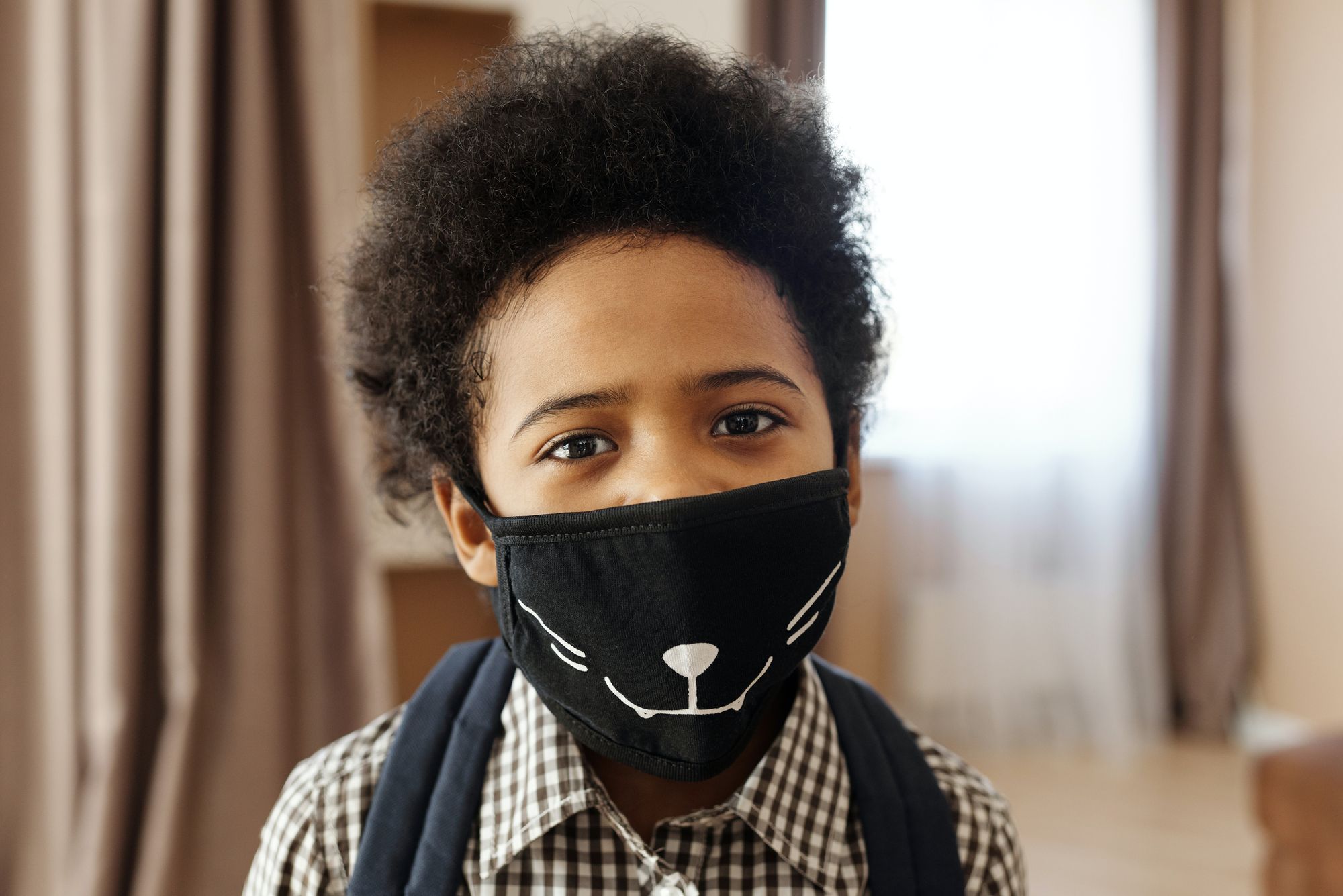This week, the Centers for Disease Control and Prevention (CDC) announced an internal review to improve the public health agency’s work and apply lessons learned during the pandemic. “At the conclusion of this collective effort, we will develop new systems and processes to deliver our science and program to the American people,” CDC Director Rochelle Walensky explained.
CDC’s internal review should focus on its handling of school reopening guidance during the pandemic, including decisions that politicized the process and subsequently caused significant harm to disadvantaged children.
A recent House Select Subcommittee of the Coronavirus Crisis minority staff report showed evidence that the CDC allowed the American Federation of Teachers to influence public health guidance that likely prolonged school closures to the detriment of the students:
“Documents and testimony show, contrary to the CDC’s long-standing practice of keeping draft guidance documents confidential, senior agency officials shared a draft copy of the Operational Strategy with the American Federation for Teachers (AFT) a political union with no scientific expertise but an extensive record of support for the Biden campaign. After reviewing the draft, AFT staff asked CDC Director Rochelle Walensky to install a “trigger” in the guidance that would cause schools to close automatically if COVID-19 positivity rates reached a certain threshold. The CDC obliged, and thousands of schools across the country remained closed throughout the 2020-2021 school year.”
At the time, many public health experts were urging a safe return to in-person learning. In the summer of 2020, the American Academy of Pediatrics recommended that “all policy considerations for the upcoming school year should start from the goal of having students physically present in school." Walensky herself made public statements suggesting that reopening schools was safe. “There is increasing data to suggest that schools can safely reopen and that safe reopening does not suggest that teachers need to be vaccinated,” she said on February 3, 2021. The White House later clarified that her comments did not reflect official CDC guidance.
The CDC guidance issued on February 12, 2021 reflected a much more conservative approach to reopening schools, which reflected the teachers union’s feedback highlighted in the House Republican report.
The CDC’s cautious 2021 guidance extended public school closures
Putting aside the questionable decision to expose public health guidance to political influence, it’s worth examining how much harm school closures based on the February 2021 guidance caused during the 2020-21 school year.
The American Academy of Pediatrics reiterated its recommendation for reopening schools in January 2021. Had the CDC also called for reopening schools at the beginning of 2021, widespread school closures may have been avoided and limited to 2020. But data shows that many public schools remained closed throughout the spring of 2021, likely in part due to the CDC’s overcautious guidance.
According to Department of Education survey data, “12 percent of schools offered only remote or online instruction,” as of March 2021. Some large school districts—including Albuquerque, Boston, Charlotte-Mecklenburg, the District of Columbia, Philadelphia, and Chicago—were fully remote at the time. Nationally, only 63 percent of public schools were open full-time providing in-person instruction for all 4th and 8th-grade students by May 2021.
School closures disproportionately harmed minority and low-income students
At the time, children from minority households were less likely to have access to in-person learning. A 2021 report by the Department of Education’s Office for Civil Rights highlighted racial differences in access to in-person learning:
“As recently as March 2021, 58 percent of white students attending schools that serve fourth graders—often but not always elementary schools—were enrolled in fulltime in-person instruction, while only 36 percent of Black students, 35 percent of Latinx students, and 18 percent of Asian students in schools serving fourth graders were enrolled in fulltime in-person instruction.”
Disadvantaged children also faced disproportionate challenges during prolonged school closures. Children living in lower-income households had less consistent access to computers and the internet for remote learning during the first year of the pandemic. According to a national survey conducted by the Government Accountability Office, a staggering 60 percent of teachers working in high-poverty schools reported having a student who never showed up. An estimated one million students never showed up for class during the 2020-21 school year.
An educational debacle that could have been avoided
While policymakers and public health leaders faced many challenging decisions during the first year of the COVID-19 pandemic, it has become increasingly clear that prolonged public school closures were an avoidable and harmful debacle. How and why these decisions were made deserves review and scrutiny.
But the most important responsibility for policymakers in 2022 is to help American children recover from the damage that was done. A good start would be to give children access to unspent federal emergency education aid for tutoring to help recover learning losses.

